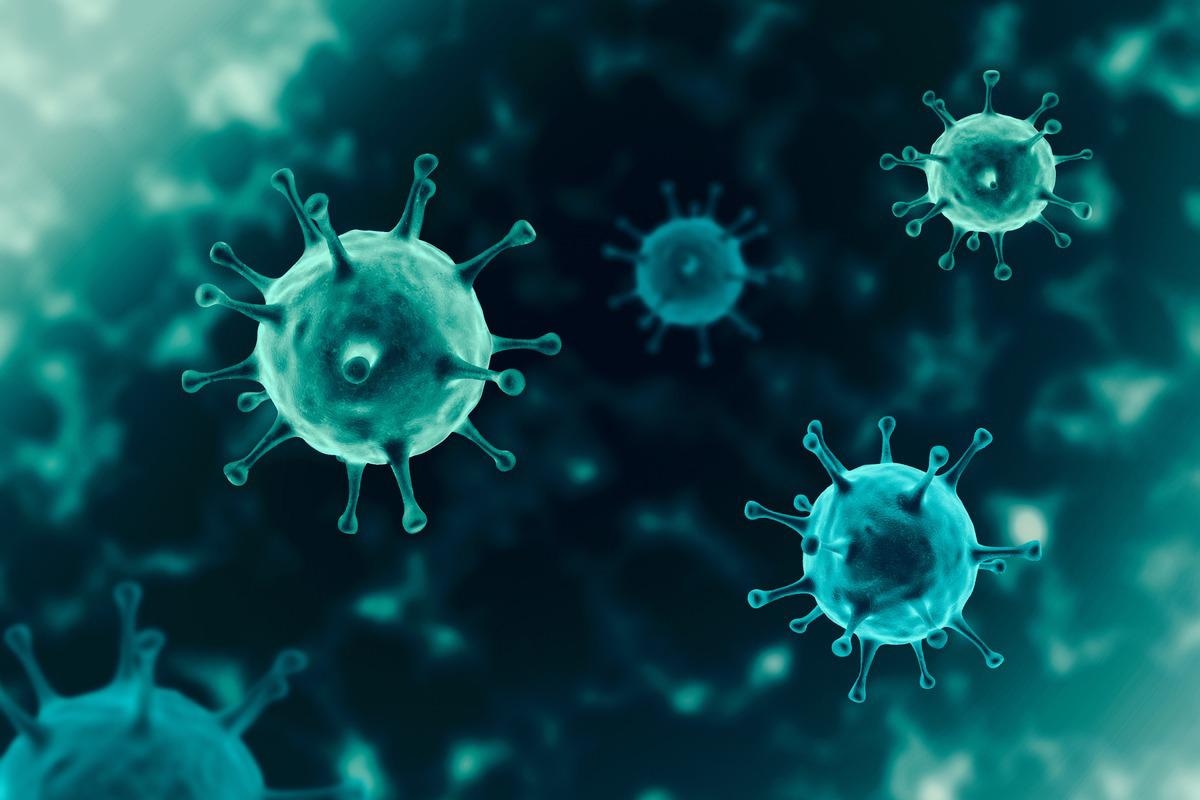Home » Health News »
Evidence of accelerated epigenetic age in SARS-CoV-2-positive patients
In a recent study published in Nature Communications, researchers assessed the epigenetic aging in coronavirus disease 2019 (COVID-19) patients and its impact on COVID-19 severity by a genome-wide deoxyribonucleic acid (DNA) methylation profiling analysis.

Background
Studies have reported that chronological age is a major risk factor for developing severe COVID-19, irrespective of the absence or presence of age-related comorbidities such as obesity, cardiovascular conditions, and diabetes.
Studies have reported epigenetic age alterations in viral infections such as HIV AIDS (human immunodeficiency virus acquired immunodeficiency syndrome) and coronavirus (CoV) infections. Epigenetic changes such as methylation regulation of angiotensin-converting enzyme 2 (ACE2), immune response genes, and interferon (IFN)-related pathways have been associated with COVID-19 incidence and associated severity outcomes.
However, molecular markers for monitoring post-COVID-19 syndrome cases that would need long-term health assistance among millions of severe acute respiratory syndrome coronavirus 2 (SARS-CoV-2) survivors are lacking.
About the study
In the present study, researchers evaluated the acceleration in epigenetic aging in patients with COVID-19. They also determined the association between accelerated epigenetic aging and COVID-19 severity by longitudinal evaluation of hallmarks of biological aging such as telomere attrition (TLA) in leukocytes and DNA-based epigenetic changes.
Blood samples were collected from 413 SARS-CoV-2-positive patients [with severe COVID-19 (n=213) or non-severe COVID-19 (n=194)] and 232 healthy individuals and subjected to DNA methylation analysis using EPIC methylation arrays. The DNA methylation age (DNAm age) and telomere length (TL) of all individuals were calculated using epigenetic clocks (Horvath, Hannum, GrimAge PhenoAge, and skinHorvath clocks) and DNA-based TL estimator (DNAm TL), respectively.
The acceleration in the epigenetic age of the individuals was calculated based on a comparison of the epigenetic age and the chronological age of the individuals to determine if the acceleration in epigenetic aging was associated with COVID-19 and its severity. The Pearson correlation coefficient was used to determine the association among the chronological age, DNAm age, and TL of the individuals.
Furthermore, for exploring the role of COVID-19 in the acceleration of the epigenetic age, the dynamic epigenetic age acceleration was analyzed across different clinical COVID-19 phases in the cohort of Bernardes et al that comprised six SARS-CoV-2-infected cases and six uninfected controls. COVID-19 phases were described based on the presence of inflammatory biomarkers and mechanical ventilation requirements, which reflected COVID-19 severity and distinguished between the incremental and recovering COVID-19 phases, based on the World Health Organization (WHO) ordinal scale as described by Bernardes et al.
Results
In this study, a statistically significant correlation was found between the epigenetic clocks and the chronological age of the individuals (r > 0.8, p < 0.001) except for the PhenoAge clock which showed a statistically significant but weaker correlation (r = 0.7, p < 0.001). On the contrary, DNAm TL showed a negative correlation with the DNAm age and the chronological age of the individuals (r = −0.6 to −0.9, p < 0.001).
The DNAm age was significantly higher among COVID-19 patients for all epigenetic clocks except PhenoAge in comparison to the uninfected individuals (p < 0.05). COVID-19 patients, above or below 50 years of age were predicted to have significantly accelerated DNAm age and DNAm TLA for all clocks except the PhenoAge clock compared to healthy individuals (p < 0.001). The same was observed for patients with severe COVID-19, especially those developing pneumonia compared to patients with non-severe COVID-19 (p < 0.05).
Among the epigenetic clocks, the GrimAge clock showed the most statistically significant difference in the pairwise tests. In addition, the acceleration of DNAm age and DNAm TLA were observed in the initial phases of COVID-19 which partially reversed in the convalescent phases in a few patients.
Conclusions
Overall, the study findings showed accelerated epigenetic aging (increased DNAm age and shorter telomeres) in COVID-19, which was also associated with the risk of developing severe COVID-19. The authors believe that accelerated epigenetic aging in COVID-19 could contribute to the post-COVID-19 syndrome among its survivors.
Therefore, accelerated epigenetic aging could be used as a biomarker for predicting COVID-19 severity and identifying high-priority cases requiring hospitalizations and the highest degree of care. Such a molecular marker could thereby aid in the most efficient use of healthcare resources and facilities, to decrease the COVID-19 disease burden and reduce COVID-19-associated mortality.
DNAm TL has been reported to be relatively weakly correlated with polymerase-chain-reaction (PCR)-based telomere length estimation. Thus, further research using PCR analysis is required to validate the correlation between TL and COVID-19.
- Cao, X., Li, W., Wang, T, et al. (2022). Accelerated biological aging in COVID-19 patients. Nature Communications. doi: https://doi.org/10.1038/s41467-022-29801-8 https://www.nature.com/articles/s41467-022-29801-8
Posted in: Medical Science News | Medical Research News | Disease/Infection News
Tags: ACE2, Aging, AIDS, Angiotensin, Angiotensin-Converting Enzyme 2, Biomarker, Blood, Coronavirus, Coronavirus Disease COVID-19, covid-19, Diabetes, DNA, DNA Methylation, Enzyme, Genes, Genome, Healthcare, HIV, Immune Response, Immunodeficiency, Interferon, Mortality, Obesity, Pneumonia, Polymerase, Research, Respiratory, SARS, SARS-CoV-2, Severe Acute Respiratory, Severe Acute Respiratory Syndrome, Syndrome, Telomere, Virus

Written by
Pooja Toshniwal Paharia
Dr. based clinical-radiological diagnosis and management of oral lesions and conditions and associated maxillofacial disorders.
Source: Read Full Article


